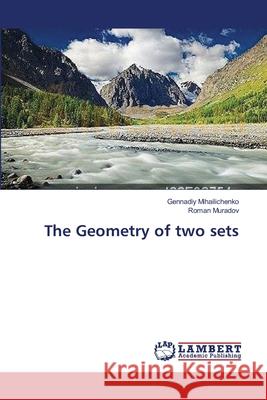The Geometry of two sets » książka
The Geometry of two sets
ISBN-13: 9783659400032 / Angielski / Miękka / 2013 / 176 str.
The Academician I.E. Tamm's disciple, Professor Yu. I Kulakov, when analyzing the structure of physical laws, suggested a theory of physical structures for their classification. Mathematically, a physical structure is a geometry of a special kind. Its metric function assigns a number to a pair of points of two different sets, not one as is the case in conventional geometry. The new geometry, the basics and the results of which this monograph treats, has a group symmetry under Klein and a phenomenological symmetry under Kulakov. The former is determined by a group of motions, and the essence of the latter is in the existence of some dependence among all the values of a metric function for any subsets of a certain number of points from each set. Both symmetries turn out to be equivalent. Quasigroups with a right one and hyper-complex numbers reveal themselves with precision up to isotopy in the structure of the metric function giving a geometry of two sets and in the equation that determines its phenomenological symmetry. The monograph is of interest for those, whose areas of academic study are algebra, geometry and theoretical physics.
The Academician I.E. Tamms disciple, Professor Yu. I Kulakov, when analyzing the structure of physical laws, suggested a theory of physical structures for their classification. Mathematically, a physical structure is a geometry of a special kind. Its metric function assigns a number to a pair of points of two different sets, not one as is the case in conventional geometry. The new geometry, the basics and the results of which this monograph treats, has a group symmetry under Klein and a phenomenological symmetry under Kulakov. The former is determined by a group of motions, and the essence of the latter is in the existence of some dependence among all the values of a metric function for any subsets of a certain number of points from each set. Both symmetries turn out to be equivalent. Quasigroups with a right one and hyper-complex numbers reveal themselves with precision up to isotopy in the structure of the metric function giving a geometry of two sets and in the equation that determines its phenomenological symmetry. The monograph is of interest for those, whose areas of academic study are algebra, geometry and theoretical physics.











